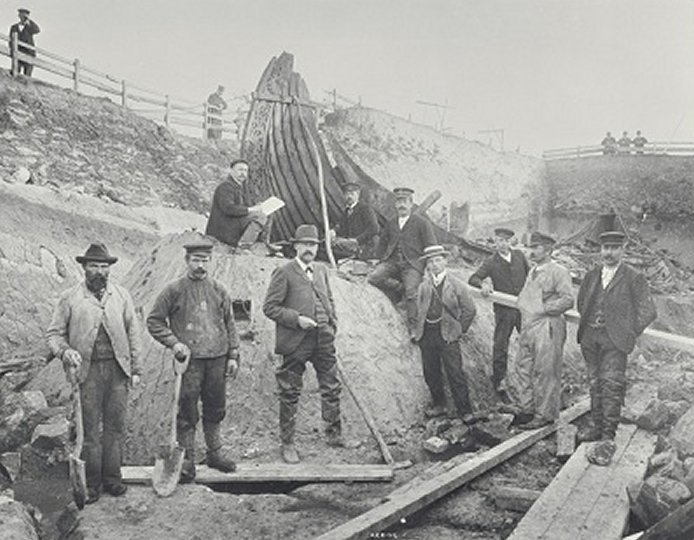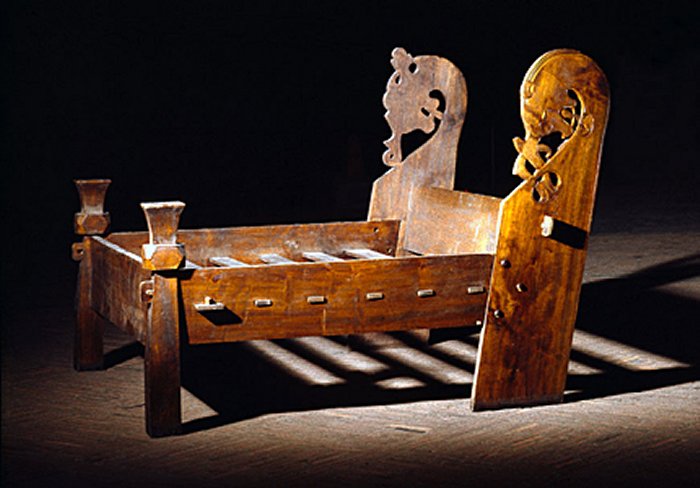Oseberg Ship: Amazingly Well-Preserved Viking Burial Ship
A. Sutherland - AncientPages.com - The Vikings' ships were the European Dark Ages' most outstanding technical and artistic achievement. Without these great ships, the Viking Age would never occur, and at the same time, the success of the Vikings would never have been as far-stretched.
The Oseberg ship - Viking Ship Museum, Norway
Unfortunately, archaeologists have discovered very few remains of Viking ships. One Viking ship that can provide information about Viking burial customs, traditions, the importance of certain artifacts, and Viking technology is the Oseberg Ship. It was discovered at Oseberg, Norway, in 1904 by Knut Rom, a local farmer.
The Oseberg Ship is an astonishingly well-preserved Viking ship. It has been labeled as one of the finest finds of the Viking Age.
It was unearthed in a very damp burial mound, which is why the ship survived almost intact.
Naturally, a remarkable discovery like this one drew great interest from the public. It became necessary to secure the dig with a fence, signs, and a guard to ensure that nobody disturbed the work or got too close to the remains.
Excavation of Oseberg ship in 1904 - Photo: Museum of Cultural History (Photographer: Væring)
The excavation took less than three months, but it took 21 years to prepare and restore the ship and most of the finds. The vessel was dried out very slowly before being put together.
The Oseberg Viking ship measured 21.40m long by 5.10m wide. It was constructed primarily out of oak planks, and the vessel's bow and stern were covered in elaborate carvings while it contained 15 pairs of oar holes, which meant up to 30 men could row the ship as required.
The Oseberg ship was a burial ship for two Viking women who died in 834. A burial chamber was dug right behind the ship's mast. The walls were decorated with fantastic woven tapestries, and the dead women lay on a raised bed.
The women had many burial gifts, including personal items such as clothes, shoes, and combs, ship equipment, kitchen equipment, farm equipment, three ornate sledges, five carved animal heads, five beds, and two tents. There were fifteen horses, six dogs, and two small cows.
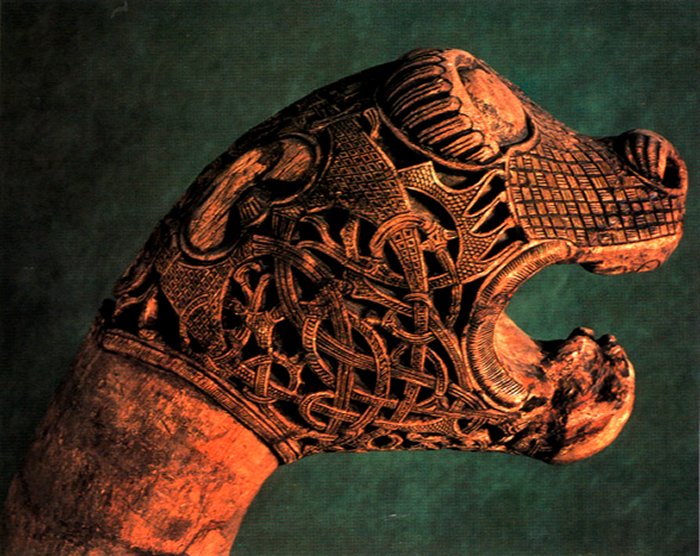
Animal head post from the Oseberg ship burial. source
Investigation of the skeletons showed that the older woman was about 70 to 80 when she died, probably of cancer. The other woman was younger, a little over 50. The cause of her death is unknown.
The identity of the two women remains a mystery. Some have speculated that one of the women may be Queen Åsa, the grandmother of Norway's first king, although this remains unproven.
To have received a prominent burial like this one, they must have held a unique position in the community.
Oseberg bucket (© Museum of Cultural History, University of Oslo, Norway)
Were they political or religious leaders?
Who was the most prominent person in the grave? Was one a sacrifice to accompany the other into the kingdom of the dead? Were they related? Where did they come from? These are questions we cannot answer.
Detail from the Oseberg ship. Image credit: Karamell - CC BY-SA 2.5
For whoever built the Oseberg ship, it must have been crucial to make it a particularly handsome vessel. They used great resources to have the boat decorated.
Beautiful animal ornaments cover the keel below the waterline and up along the bow post. Such a richly decorated ship must indeed have been reserved for particular members of the aristocracy.
The grave was disturbed in antiquity, and any precious metals that may have been present were stolen, but other ancient treasures were still left.
The so-called "Buddha bucket" (Buddha-bøtte), a brass and cloisonné enamel ornament of a bucket (pail) handle in the shape of a figure sitting with crossed legs. Image credit: Thorguds - CC BY-SA 3.0
Several remarkable artifacts were found, such as the famous Oseberg 'Buddha' sitting in the lotus position.
The bucket was made from yew wood, held together with brass strips. The handle is attached to two anthropomorphic figures compared to depictions of the Buddha in the lotus posture, although any connection is most uncertain.
The Oseberg bed. One of 3 beds found on the ship (© Museum of Cultural History, University of Oslo, Norway)
Model of Oseberg Ship in Maritime Museum in Stockholm, Sweden. Image credit: Karolina Kristensson - CC BY-SA 3.0
More relevant is the connection between the patterned enamel torso and similar human figures in the Gospel books of the Insular art of the British Isles, such as the Book of Durrow.
The grave robbers left behind a remarkable collection of wooden and textile artifacts. These included four elaborately decorated sleighs, a richly carved four-wheel wooden cart, three beds, and a number of wooden chests. More mundane items, such as agricultural and household tools, were also found.
The Oseberg ship and its priceless ancient artifacts are displayed at the Viking Ship Museum in Oslo, Norway.
Written by – A. Sutherland - AncientPages.com Senior Staff Writer
Updated on January 18, 2024
Copyright © AncientPages.com All rights reserved. This material may not be published, broadcast, rewritten or redistributed in whole or part without the express written permission of AncientPages.com
Expand for referencesReferences:
Universitet i Oslo, Kulturhistorisk museum
B. Petersson, Föreställningar om det förflutna: Arkeologi och rekonstruktion
Oseberg, Sem, Vestfold, Noege. (800-850). Skandinavisk. Universitets Oldsaksamling, Oslo.
More From Ancient Pages
-
 New Project Aims To Solve Mysterious Millennia-Old Rock Carvings Of Argyll, Scotland
Archaeology | Mar 20, 2017
New Project Aims To Solve Mysterious Millennia-Old Rock Carvings Of Argyll, Scotland
Archaeology | Mar 20, 2017 -
 Diver Says He Found Mysterious Underwater Ancient Tomb, Ruins And Artifacts Of An Unknown Advanced Civilization
Featured Stories | Oct 10, 2023
Diver Says He Found Mysterious Underwater Ancient Tomb, Ruins And Artifacts Of An Unknown Advanced Civilization
Featured Stories | Oct 10, 2023 -
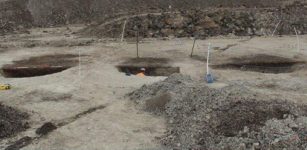 Significant Mesolithic Site With Unusual Pits Discovered In Bedfordshire
Archaeology | Jul 3, 2023
Significant Mesolithic Site With Unusual Pits Discovered In Bedfordshire
Archaeology | Jul 3, 2023 -
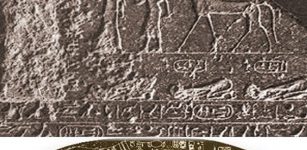 Ancient Stela Of Piankhi – King Of Napata, Rightful Ruler And Maintainer Of Maat
Featured Stories | Apr 25, 2018
Ancient Stela Of Piankhi – King Of Napata, Rightful Ruler And Maintainer Of Maat
Featured Stories | Apr 25, 2018 -
 Tanana Valley, Alaska: Study On Ancient Hunter-Gatherer Sites Dating Back To 14,500 Years Ago
Archaeology | Mar 21, 2022
Tanana Valley, Alaska: Study On Ancient Hunter-Gatherer Sites Dating Back To 14,500 Years Ago
Archaeology | Mar 21, 2022 -
 65 Byzantine-Era Tombs Unearthed In Stratonikeia – World’s Largest Marble City
Archaeology | Feb 24, 2017
65 Byzantine-Era Tombs Unearthed In Stratonikeia – World’s Largest Marble City
Archaeology | Feb 24, 2017 -
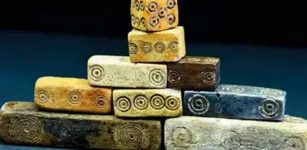 Millennium Old Dice Found In Vadnagar, Gujarat, India
Archaeology | Apr 25, 2022
Millennium Old Dice Found In Vadnagar, Gujarat, India
Archaeology | Apr 25, 2022 -
 Did Richard The Lionheart Order Assassins To Kill Conrad Of Montferrat, King Of Jerusalem?
Featured Stories | Dec 27, 2018
Did Richard The Lionheart Order Assassins To Kill Conrad Of Montferrat, King Of Jerusalem?
Featured Stories | Dec 27, 2018 -
 On This Day In History: Seismologist Charles Richter Was Born – On Apr 26, 1900
News | Apr 26, 2016
On This Day In History: Seismologist Charles Richter Was Born – On Apr 26, 1900
News | Apr 26, 2016 -
 Salzburg Catacombs: Early Christian Place For Secret Gatherings And Hiding From Persecution
Featured Stories | Mar 16, 2016
Salzburg Catacombs: Early Christian Place For Secret Gatherings And Hiding From Persecution
Featured Stories | Mar 16, 2016 -
 Beer ‘Chicha’ Helped To Keep Peruvian Wari Empire Stable – New Study
Archaeology | Apr 23, 2019
Beer ‘Chicha’ Helped To Keep Peruvian Wari Empire Stable – New Study
Archaeology | Apr 23, 2019 -
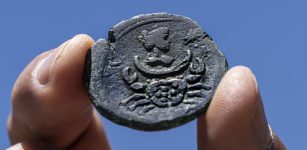 Rare 1,850-Year-Old Bronze Zodiac Coin Discovered During Underwater Survey Off Israel’s Coast
Archaeology | Jul 27, 2022
Rare 1,850-Year-Old Bronze Zodiac Coin Discovered During Underwater Survey Off Israel’s Coast
Archaeology | Jul 27, 2022 -
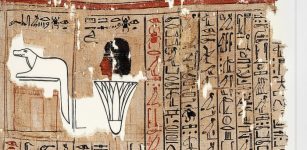 A Magical Handbook For The Afterlife – Insights To Ancient Egyptian Religion, Magic And Secret Knowledge
News | Jul 11, 2023
A Magical Handbook For The Afterlife – Insights To Ancient Egyptian Religion, Magic And Secret Knowledge
News | Jul 11, 2023 -
 On This Day In History: Battle Of Las Navas De Tolosa Was Fought – On July 16, 1212
News | Jul 16, 2016
On This Day In History: Battle Of Las Navas De Tolosa Was Fought – On July 16, 1212
News | Jul 16, 2016 -
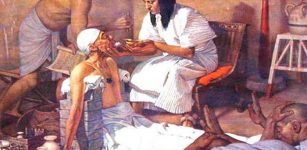 Ancient Egyptians Had The First Governmental Health Care System
Ancient History Facts | Jul 6, 2018
Ancient Egyptians Had The First Governmental Health Care System
Ancient History Facts | Jul 6, 2018 -
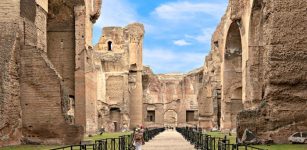 Baths Of Caracalla: Italian Antique Thermae Complex For Leisure, Gossip, Business And Socialisation
Featured Stories | Dec 4, 2023
Baths Of Caracalla: Italian Antique Thermae Complex For Leisure, Gossip, Business And Socialisation
Featured Stories | Dec 4, 2023 -
 Mysterious Mummified Woman With A Christian Cross On Her Chest Dashes Hopes Of Finding First Russian Fortress In Yakutia
Archaeology | Dec 12, 2019
Mysterious Mummified Woman With A Christian Cross On Her Chest Dashes Hopes Of Finding First Russian Fortress In Yakutia
Archaeology | Dec 12, 2019 -
 Why Do Old Norse Myths Endure In Popular Culture?
Featured Stories | Mar 16, 2023
Why Do Old Norse Myths Endure In Popular Culture?
Featured Stories | Mar 16, 2023 -
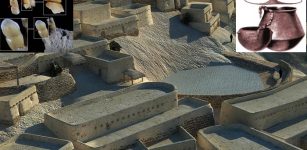 4,000 Years Ago Women Of El Argar Used Their Teeth As Tools
Archaeology | Nov 10, 2020
4,000 Years Ago Women Of El Argar Used Their Teeth As Tools
Archaeology | Nov 10, 2020 -
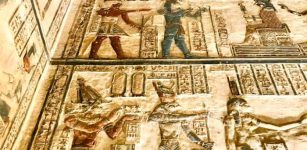 New Images From The Magnificent Dendera Temple Where Restoration Works Continue
News | Mar 15, 2022
New Images From The Magnificent Dendera Temple Where Restoration Works Continue
News | Mar 15, 2022


